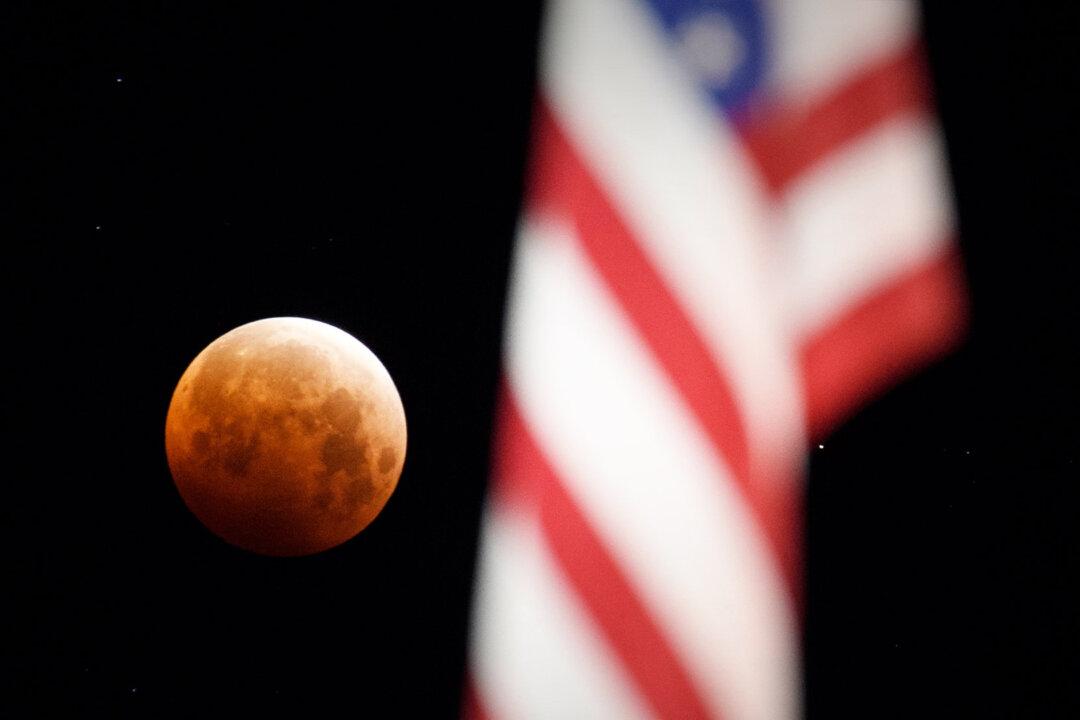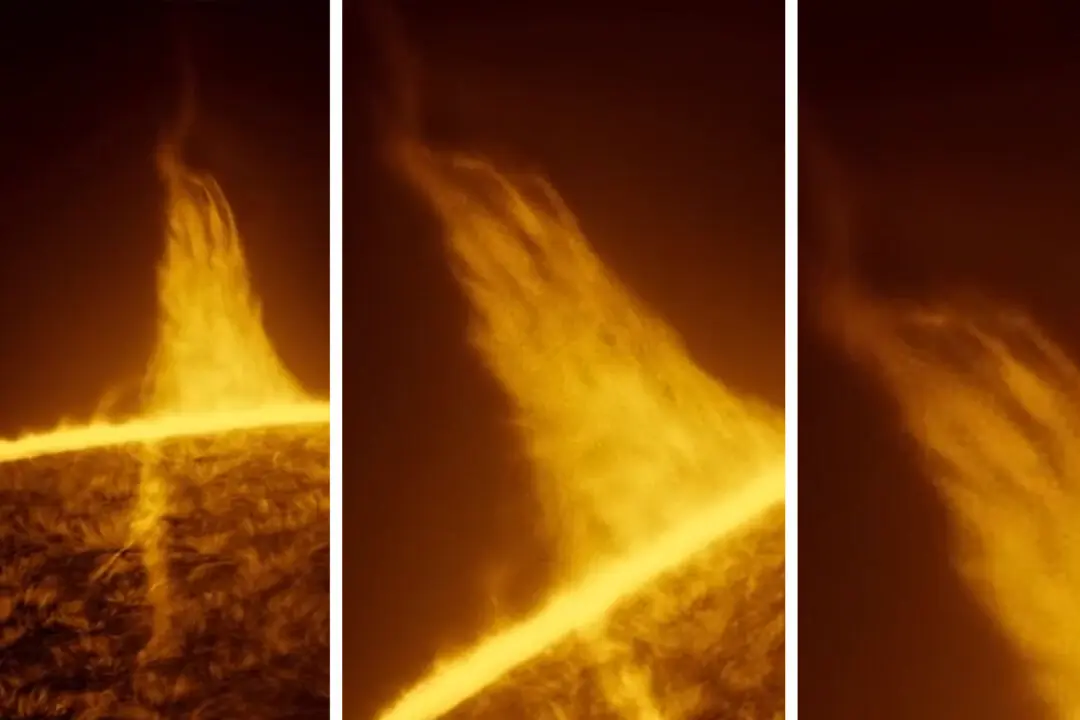For the first time in American history, a total lunar eclipse will occur on election day come November 8, 2022.
A total lunar eclipse—not to be confused with a partial or penumbral lunar eclipse—occurs when the entire lunar sphere is blocked out by the Earth’s shadow. This happens about twice a year on average, but to have it happen on America’s election day is a first in the nation’s 246-year history, which began on July 4, 1776.






